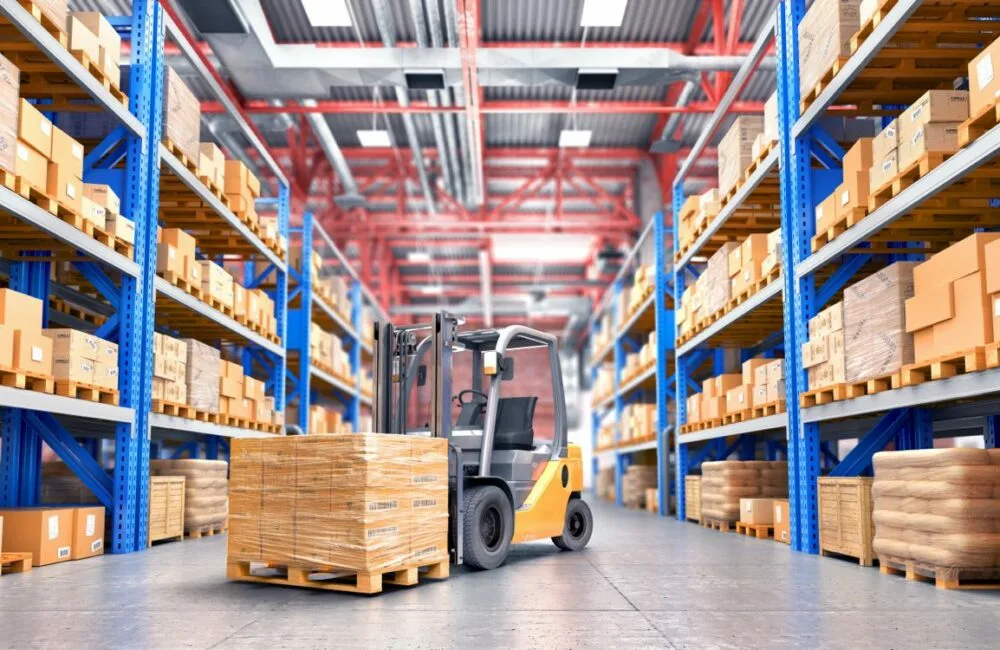In the ever-evolving landscape of consumer products, packaging plays a pivotal role in both product appeal and usability. Among various packaging form
In the ever-evolving landscape of consumer products, packaging plays a pivotal role in both product appeal and usability. Among various packaging formats, tubed packaged goods have carved a significant niche, becoming synonymous with convenience, hygiene, and portability. From toothpaste and cosmetics to adhesives and food pastes, tubes are versatile containers that offer a practical solution for a wide range of products.
This article explores the concept of tubed packaged goods, their advantages, manufacturing process, applications, trends, and challenges in the market. We will also answer some frequently asked questions to provide a comprehensive understanding of this packaging format.
Must visit: experttrading

What Are Tubed Packaged Goods?
Tubed packaged goods refer to consumer products contained in cylindrical or flattened tubes, typically made from plastic, aluminum, or laminate materials. These tubes are designed to hold semi-solid or viscous products such as creams, gels, pastes, ointments, and adhesives.
Unlike jars or bottles, tubes allow for precise dispensing and minimize product contamination by limiting exposure to air and external agents. The flexible nature of tubes also helps reduce waste, as users can squeeze out nearly all the content.
Types of Tubes in Packaging
- Plastic Tubes: Made from materials like polyethylene (PE) or polypropylene (PP), plastic tubes are lightweight, flexible, and cost-effective. They are commonly used for cosmetics, pharmaceuticals, and food products.
- Aluminum Tubes: Known for excellent barrier properties, aluminum tubes protect products from light, oxygen, and moisture. They are widely used for pharmaceuticals, paints, and adhesives.
- Laminated Tubes: Combining multiple layers of plastic and aluminum foil, laminated tubes offer both flexibility and barrier protection, ideal for high-value products like skincare creams and medical ointments.
Advantages of Tubed Packaged Goods
1. Convenience and Ease of Use
Tubed goods are easy to handle and dispense. The flexible material allows users to squeeze the tube and control the amount of product dispensed, making it ideal for products requiring precision.
2. Product Protection and Shelf Life
Tubes provide an excellent barrier against contamination, light, and air, which helps maintain the integrity and efficacy of the product. This is especially important for sensitive goods like pharmaceuticals and cosmetics.
3. Portability
Tubed packages are lightweight and compact, making them highly portable. Consumers can carry them easily in bags or pockets, making them suitable for on-the-go use.
4. Reduced Waste
With the ability to squeeze out nearly all the product, tubes minimize product wastage compared to jars or bottles. This eco-friendly aspect appeals to environmentally conscious consumers.
5. Branding and Design Flexibility
Tubes can be printed directly with vibrant colors, logos, and product information. Their shape and size can be customized to enhance brand identity and shelf appeal.
Manufacturing Process of Tubed Packaged Goods
The manufacturing of tubed packaged goods involves several key steps:
1. Tube Production
Depending on the material, tubes are produced by extrusion (plastic tubes) or impact extrusion (aluminum tubes). Laminated tubes are created by bonding multiple layers of materials.
2. Printing
The tubes are printed with brand logos, product details, and regulatory information using techniques such as flexographic or offset printing.
3. Filling
The product is filled into the tubes using automated filling machines that ensure hygienic and precise filling to the desired volume.
4. Sealing and Capping
After filling, the tube is sealed—usually by heat sealing for plastic or crimping for aluminum tubes. Caps or closures are then applied to ensure the product remains fresh and secure.
5. Quality Control
Final inspection includes leak testing, print quality check, and measuring fill levels to maintain high product standards.
Common Applications of Tubed Packaged Goods
1. Personal Care and Cosmetics
Tubed packaging is ubiquitous in personal care, including toothpaste, face creams, sunscreens, lotions, and hair gels. The format suits products that require hygienic application and controlled dispensing.
2. Pharmaceuticals
Medicinal ointments, creams, gels, and topical treatments commonly use tubes to protect the product from contamination and maintain sterility.
3. Food Industry
Products like tomato paste, mayonnaise, mustard, and other condiments use tubes to ensure freshness and ease of use.
4. Industrial and Household
Adhesives, sealants, lubricants, and paints are often packaged in tubes for precision application and safe storage.
Market Trends in Tubed Packaged Goods
1. Sustainability and Eco-Friendly Materials
With growing environmental concerns, manufacturers are focusing on recyclable and biodegradable materials for tubes. Innovations include using recycled plastics and bio-based laminates.
2. Smart Packaging
Integration of QR codes, NFC chips, and augmented reality features on tubes is enhancing consumer engagement and providing product information beyond traditional labels.
3. Customization and Personalization
Brands are offering customizable tubes with personalized prints and sizes to cater to niche markets and individual consumer preferences.
4. Miniaturization
Travel-sized and sample tubes are gaining popularity for convenience, especially in the beauty and pharmaceutical sectors.
Challenges in Tubed Packaged Goods
Despite many advantages, tubed packaging also faces challenges:
- Material Waste: Some plastic tubes are difficult to recycle due to multilayer laminates.
- Cost of Production: Aluminum tubes are more expensive to produce compared to plastic.
- Filling and Sealing Complexity: High-viscosity products require advanced filling technology.
- Consumer Perception: Some consumers prefer pump dispensers or jars for certain products.
Frequently Asked Questions (FAQs)
Q1: What types of products are best suited for tubed packaging?
A: Tubed packaging is ideal for viscous or semi-solid products such as creams, gels, ointments, pastes, adhesives, and condiments. It is especially useful where controlled dispensing and hygiene are important.
Q2: Are tubed packaged goods environmentally friendly?
A: Tubes can be environmentally friendly if made from recyclable or biodegradable materials. However, multilayer laminated tubes are often challenging to recycle. The industry is actively exploring sustainable alternatives.
Q3: How do tubes help extend product shelf life?
A: Tubes limit exposure to air, light, and contaminants, which helps maintain product stability and prevents degradation, especially for sensitive pharmaceuticals and cosmetics.
Q4: Can tubed packaging be customized for branding?
A: Yes, tubes offer excellent opportunities for customization with vibrant printing, unique shapes, and sizes that enhance brand identity and attract consumers.
Q5: Are tubed packaged goods convenient for travel?
A: Absolutely. Tubes are compact, lightweight, and often available in travel-friendly sizes, making them easy to carry and use on the go.
Q6: What materials are commonly used for tubes?
A: The most common materials are plastic (polyethylene or polypropylene), aluminum, and laminated composites that combine layers of plastic and aluminum for barrier properties.
Conclusion
Tubed packaged goods represent a versatile and practical packaging solution that meets the demands of modern consumers for convenience, hygiene, and product protection. As the packaging industry advances, innovations in materials, design, and sustainability will continue to drive the popularity of tubes across various sectors, from personal care and pharmaceuticals to food and industrial applications.
Understanding the benefits and challenges of tubed packaging can help manufacturers and marketers leverage this format effectively while catering to evolving consumer expectations and environmental responsibilities.



COMMENTS